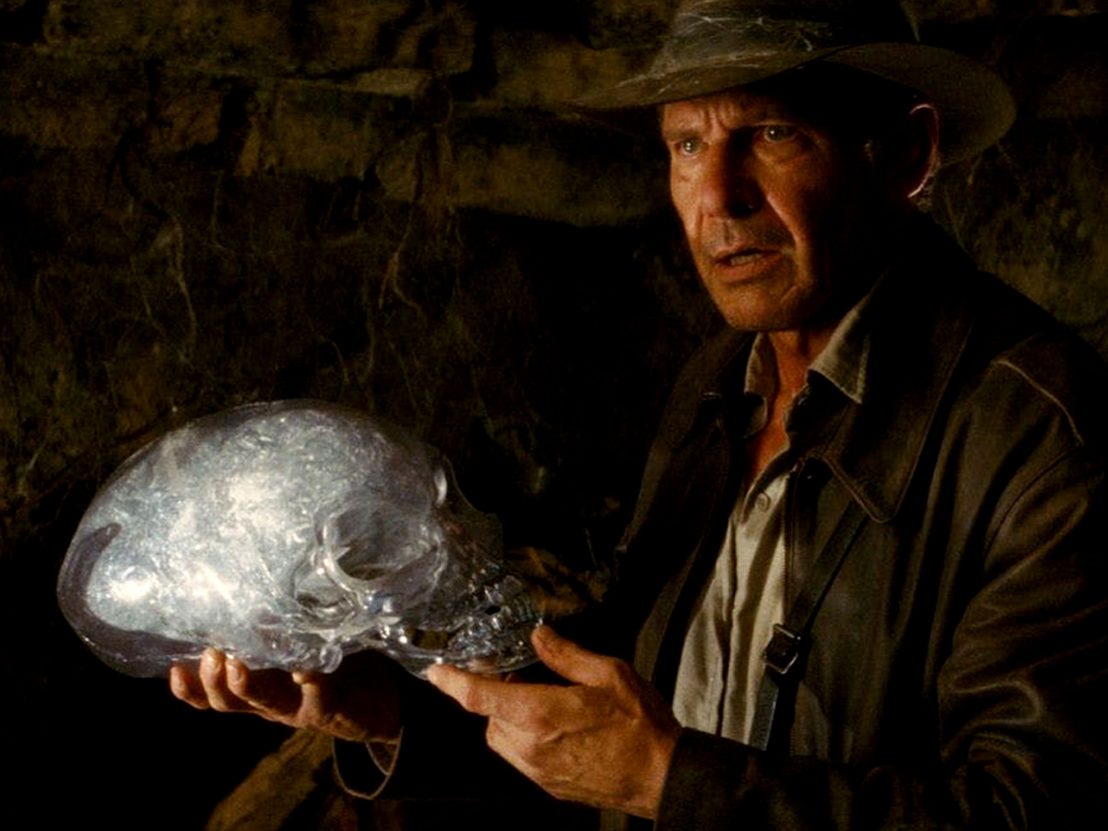
In 2008, the George Lucas backlash was almost complete. His ‘remastered’ versions of the original Star Wars trilogy had been roundly criticised, the prequels trashed, and in a revealing behind-the-scenes clip, the director himself even admitted that he “may have gone too far”. All that was needed to permanently tarnish his reputation was another poorly-received reboot. Enter Indiana Jones and the Kingdom of the Crystal Skull.
Plagued by productions problems, the fourth instalment in the Indiana Jones franchise was doomed from the start. First, the film’s producers couldn’t work out if they even wanted the sequel, then Lucas and Steven Spielberg took years to pick a screenplay before finally settling on David Koepp’s 1950s-set sci-fi adventure. Maybe if they’d been more ruthless in their decision making, things might have turned out differently.
In the end, the detractors were proved right. As a traditional Hollywood blockbuster, Indy 4 is an overblown mess stuffed with terrible CGI and some bizarre plot devices. The cartoonish gophers? The poorly-animated killer ants? The nuke-resistant, lead-lined fridge? All completely ridiculous. As a mid-century period piece, however, Crystal Skull works a treat.
In 1957, the climate of anxiety and paranoia in America was palpable. The Second Red Scare had profoundly altered the country’s psyche and even though Senator Joseph McCarthy had been censured, the ‘Reds under the bed’ mindset prevailed. As such, it is completely plausible that a university professor would have been dismissed for associating with Russians — as happens to Jones in KOTCS.
The underpinning Cold War narrative in which Indy 4 operates is executed just as well as in Spielberg’ Bridge of Spies. Yet one is praised for its authenticity and the other not. We should, of course, expect all movies to be historically accurate (where necessary). But that’s not the point. When you look at Crystal Skull in its original context it starts to make more sense.
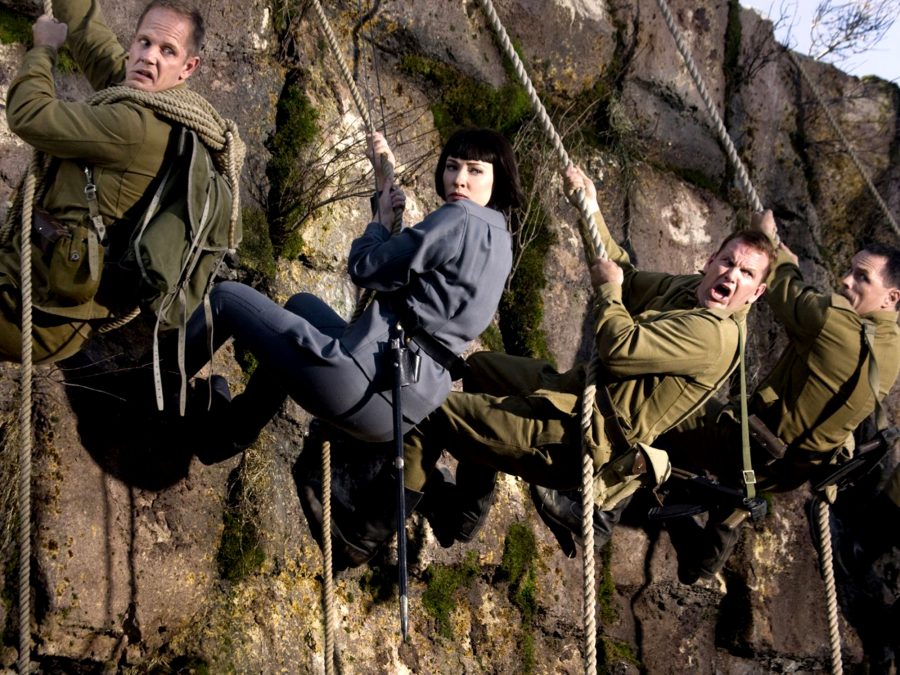
Mutt Williams, played by Shia LaBeouf, is often held up as a scapegoat for the film’s failings. But apart from being one of LaBeouf’s less-manic performances, it’s also a dignified tribute to the screen heroes of Spielberg’s youth. In one telling DVD extra, LaBeouf reveals that the director gave him three titles to watch as inspiration: Blackboard Jungle, Rebel Without a Cause and The Wild One. You only have to glance at Mutt’s smokey entrance scene – astride a Harley-Davidson, clad in baggy cap and leather jacket – to clock the obvious nod to Marlon Brando.
Enjoyment of the film rests on one’s willingness to accept its sci-fi elements. Called back into action by Soviet kidnappers, Indy must journey to a lost city in the Amazon to uncover the secret behind mysterious artefacts known as the crystal skulls. Many, including Spielberg, were sceptical of this particular plot device. “I never liked the MacGuffin”, he told Empire magazine in 2011. “George and I had big arguments about it. I didn’t want these things to be either aliens or inter-dimensional beings.”
In the end, he chose not to fight Lucas on it and now says he’s proud of the story. After all, the MacGuffin is just a plot device and not what the film is about. The other Indiana Jones films all use fantastical artefacts to drive the plot: a gold box that makes you invincible; a stone that promises fortune and glory; a cup that gifts eternal life. Compared to those, a shiny alien cranium doesn’t seem so far-fetched.
In fact, it plays right into the 1950s obsession with extra-terrestrial life. The Day the Earth Stood Still, War of the Worlds and Invasion of the Bodysnatchers were all big hits which capitalised on public hysteria after the government started recording UFO sightings in the previous decade. Even if you hated those poorly-rendered space freaks, you can’t argue they don’t fit.
There are other things this sequel gets right, too. The action set pieces are fast-paced, managing to portray Indy’s advanced age without sacrificing excitement. And as for the fridge scene, yes, it was a misstep. But fans who single it out are wrong to call it a ‘jump the shark’ moment. The Indiana Jones franchise had seen many equally bonkers incidents before: The Last Crusade’s ‘bendy boat’, back-surfing in Raiders of the Lost Ark and The Temple of Doom’s cult leader literally ripping the heart out of a man’s chest with his bare hands. If you’re happy to accept those moments, then perhaps it’s time to cut Kingdom of the Crystal Skull some slack.
Published 21 May 2018
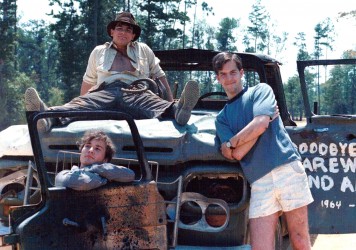
A new documentary reveals how three best friends created the ultimate Hollywood homage.
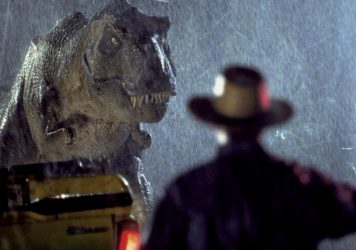
Steven Spielberg’s beloved 1993 movie is about so much more than dinosaurs.
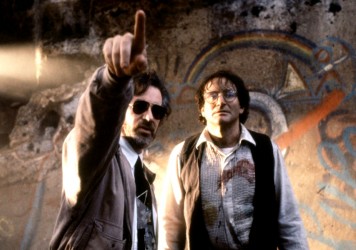
By James Clarke
Does the director’s take on JM Barrie’s classic tale of arrested development deserve its reputation?